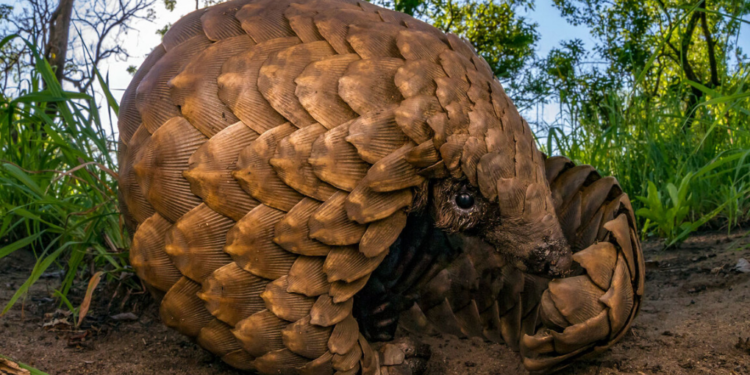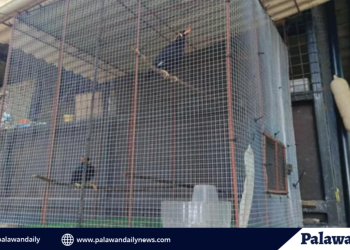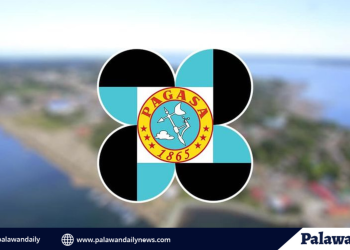The extinction risk of Philippine pangolin has been reclassified from “endangered” to “critically endangered” based on the International Union for Conservation of Nature (IUCN) Red List of Threatened Species.
The Palawan Council for Sustainable Development (PCSD) said on Thursday that new data on the exploitation levels of Philippine pangolin has reclassified its extinction risk from endangered to critically endangered.
They further said that the mammal is a widely trafficked wildlife.
“The Philippine Pangolin is found only in Palawan and is mainly trafficked for international illegal trades. Critically Endangered species are facing an extremely high risk of getting extinct or vanishing in the wild,” PCSD said in a statement.
In the document, the IUCN Red List of Threatened Species 2019 downloaded on December 12, 2019, and posted by IUCN on its website said that the pangolin’s population has declined. The document likewise showed the name of the researchers and scientists who conducted surveys and studies on pangolins.
“On Palawan Island and the Calamian Islands, interviews with local community members suggest that the species was formerly relatively common, but since the turn of the century (i.e. from 2000) it has become very rare (Rico and Oliver 2006, Schoppe and Cruz 2009, Lagrada 2012). Interviews with Indigenous peoples groups from Tagbanua, Batak, and Palaw’an Tribes, and Cuyunon communities from the Calamian Islands and Palawan Island revealed similar results,” the IUCN document said.
“Despite some difficulties in quantifying remaining wild populations, these groups estimated population declines between 1980 and 2018 to be around 85% in the south and 95% in the north of Palawan (Acosta and Schoppe 2018). Local hunters also reported lower catch per unit effort compared to the past. For example, one hunter in southern Palawan reported catching 3-4 pangolins a week in 1992, compared to just one per month in 2012 (Lagrada 2012, Bayron 2014),” it further said.
Interview-based research and density estimations have demonstrated that the species is found in higher densities in northern compared to southern Palawan based on the surveys made from 2009 until 2017 by Cruz, Lagrada, Alvarado, and Schoppe, respectively.
In July 2018, the authorities arrested a suspected wildlife trafficker from Barangay Jolo, Roxas, Palawan who transported banned wildlife meat including 21 frozen pangolins, and pangolin scales. He was arrested in a checkpoint located in Barangay Sta. Lourdes.
A non-government organization, TRAFFIC, who worked on biodiversity conservation said that pangolins are threatened by growing demand for their meat, considered a delicacy in some cultures, and for their scales used in traditional medicine, with China and Vietnam the two primary consumer markets.
Sabine Schoppe, Program Director of the Palawan Pangolin Conservation Project at the Katala Foundation Inc.’s Pangolin Center, said that the situation facing the pangolins are “alarming.”
“We are in a race to save the pangolins,” she said during the project’s launch last year.
The IUCN said that there is limited knowledge of Philippine Pangolin populations.
“This species is infrequently observed, partly due to its increasing rarity, but also because of its elusive, solitary, and nocturnal habits, and there is a lack of research on population densities or abundance,” it said.
Early literate said that Philippine pangolins are naturally rare. As early as 1965, the species was described as uncommon and its declining population was caused by the clearing of forests, hunting, etc.




















Discussion about this post